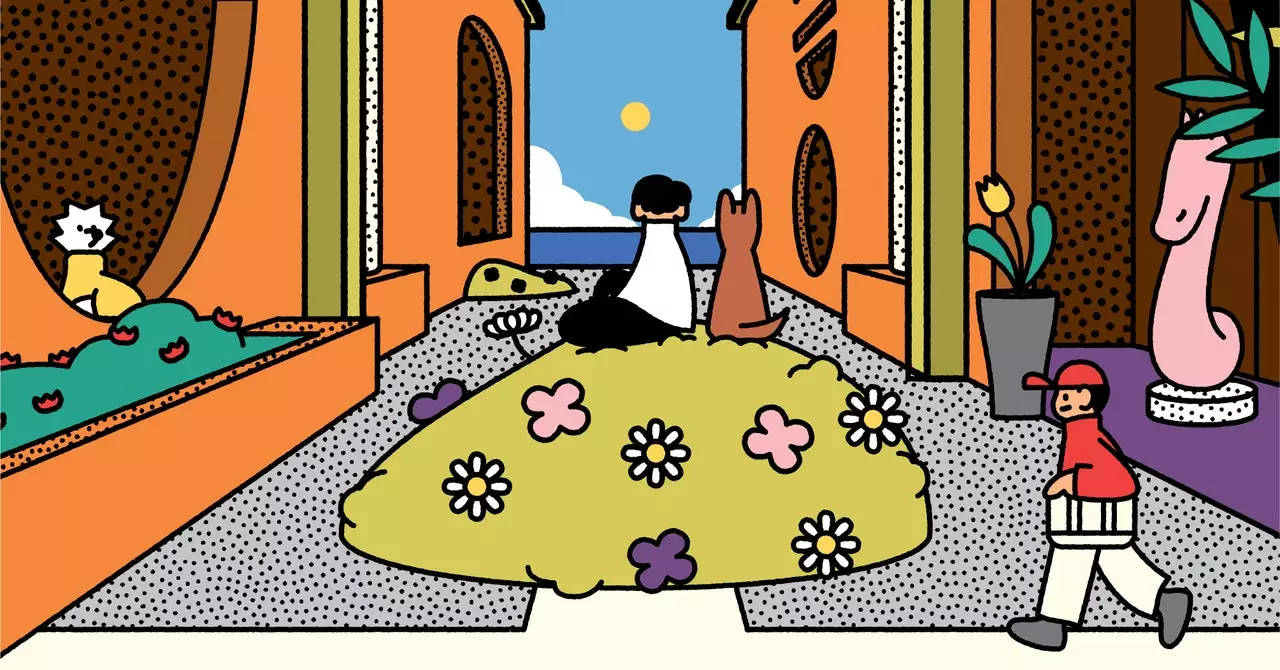As urban landscapes expand and evolve, a significant number of individuals find themselves residing in cities and towns that prioritize economic factors over human well-being. From the industrious ports of Liverpool to the sprawling suburbs of modern Riyadh, the architecture of our urban environments often reflects a history rooted in trade, industry, and automobile dependency. Such environments, unfortunately, were typically not designed with the health of their inhabitants in mind. The shift towards urban living has sparked a concerning rise in various health issues, including mental disorders like depression, chronic diseases such as diabetes, and even forms of cancer. This discord between human needs and the harsh characteristics of many urban designs is becoming increasingly evident.
Architects and urban planners in the latter half of the 20th century began to express their concerns about the disregard shown towards human-centric design. Notably, figures like Jane Jacobs and Jan Gehl stood out for their critiques, shining a light on the sterile and often harsh constructs defining contemporary cities. Their observations regarding the prevalence of uninviting architecture and the prioritization of vehicular traffic over pedestrian comfort were far ahead of their time. Despite their insights capturing substantial attention within certain circles, they often faced skepticism from mainstream architectural practices that adhered strictly to the dominant aesthetic and functional paradigms. Although Jacobs and Gehl’s theories were compelling, the absence of quantifiable data posed a considerable challenge to their acceptance, leaving their observations somewhat marginalized within the broader dialogue around urban design.
Recent advancements in neuroscientific research techniques have begun to offer valuable insights into the relationship between architectural design and human health. Technologies like wearable devices capable of measuring physiological responses to environmental factors have made it increasingly difficult for the architectural community to ignore the human impact of urban spaces. No longer confined to academic settings, these innovative approaches have taken to the streets, transforming the conversation around urban planning. Colin Ellard and his Urban Realities Laboratory have pioneered significant research in this realm, while projects like the EU-funded eMOTIONAL Cities initiative are underway across various global cities, including Lisbon and London.
The growing body of evidence brought forth by these studies is gaining traction within architectural circles. Recent collaborations, like the one between the Humanize Campaign and researchers investigating the psychological impacts of building facades, signal a shift towards more empathetic design approaches. This research examines not only the aesthetic appeal of structures but also the tangible psychological and physical responses they elicit in individuals. This alliance signifies a convergence of architecture and neuroscience, paving the way for more health-conscious urban design strategies informed by empirical data.
One notable example of innovative design driven by these principles is the Alzheimer’s Village conceptualized by NORD Architects. The design mimics a medieval bastide town to create a reassuring environment for residents experiencing cognitive decline. Such projects highlight the potential for architecture to foster a sense of familiarity and safety, ultimately promoting well-being among vulnerable populations. While individual projects may seem isolated, they represent a broader recognition of the need to integrate health and wellness into the core of urban planning.
Encouragingly, some architects and city planners are beginning to understand the importance of these insights as they develop urban landscapes. Generative AI tools are emerging as significant players in this evolution, streamlining design processes while allowing for the incorporation of neuro-architectural findings into new models. The blending of artificial intelligence with human-centered design creates opportunities to revolutionize how we approach urban environments.
As awareness grows, city leaders across the globe are starting to connect the dots between economic prosperity and public health. In the UK, Rokhsana Fiaz’s emphasis on incorporating happiness and health into economic performance indicators is indicative of a broader paradigm shift. Such initiatives highlight the idea that urban development should cater not only to financial metrics but also to the well-being of individuals residing in these communities.
The implications of these developments are far-reaching. As neuroscience continues to unveil the intricate connections between our environments and our health, we may see a future where property developers treat neuroscientific research as essential information, on par with logistical considerations like structural integrity and energy efficiency. As a result, urban spaces could become significantly more conducive to human happiness and health.
The transformation of urban design, influenced by neuroscience and a growing awareness of public health, marks a promising shift towards creating more vibrant, engaging, and human-centric cities. This movement not only holds the potential to enhance individual well-being but also promises to cultivate communities that are, quite simply, more joyful places to live.

